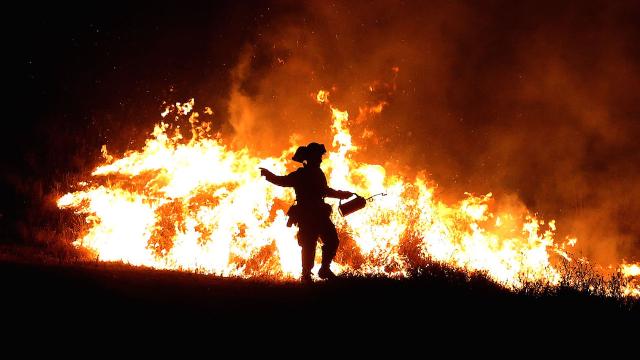The dry, hot weather of our warming planet doesn’t just mean drought — it also means the fire season is getting longer. Almost six million acres have burned in the US this year, with 45 active large fires currently burning right now. You’d think this would inspire humans to take a look at making our habitats more fire-resistant. A new study says probably not.
The study published in Nature by fire ecologists at UC Berkeley looked at three population-dense regions which have suffered major losses due to fire in the last two decades. It turns out that humans don’t tend to learn very much from them when it comes to adjusting our own lifestyles.
Of greatest concern for human safety are places the study calls wildland-urban interface areas (WUI), essentially the fringes of cities. So much exurban growth has happened here in the last few years — a New Yorker article estimates that the US population of people living in WUI zones has grown by 60 per cent — that the risk of deadly and damaging fires has increased exponentially. The study calls for a shift from fighting fires to learning how to live with them.
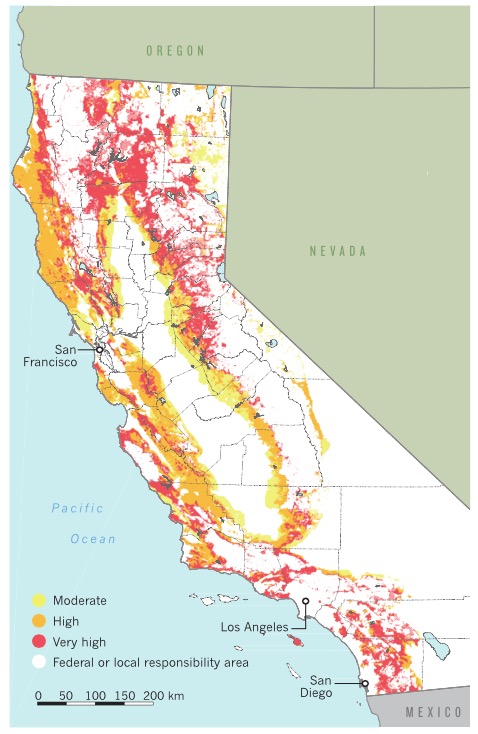
The most focused efforts around preventing future fires is a process called “fuel reduction,” where the forest service might go in to clear out dead timber by hand. The problem, according to the study, is that so much of our drought-plagued landscape is turning crispy and brown that we can’t realistically keep up with removing all the fuel.
And besides, the most efficient way to clear extra fuel from a forest — the way nature does it, anyway — is fire.
Instead of expending energy-reducing fuel, the study calls for a smarter strategy for coexisting with fire risk. Fire-hazard maps, like the one for California to the left, would help to inform development in these WUI zones (these maps already exist but they don’t prevent people from building). New restrictions would include using certain materials for construction, managing fuels around homes, planting certain fire-retardant landscaping, and community education around evacuation vs. “stay and defend” plans.
It’s crazy that cities aren’t planning more effectively for fire now — it’s still all about fuel reduction and then the expensive, dangerous battle against the fire when it happens. But just like the way land-use models are already accommodating for rising sea levels, the inevitability of fire needs to be considered as a factor when deciding where and how humans live. Fire’s not an if, it’s a when. And for many places where the fire season is extending, that “when” is becoming a longer and longer window.
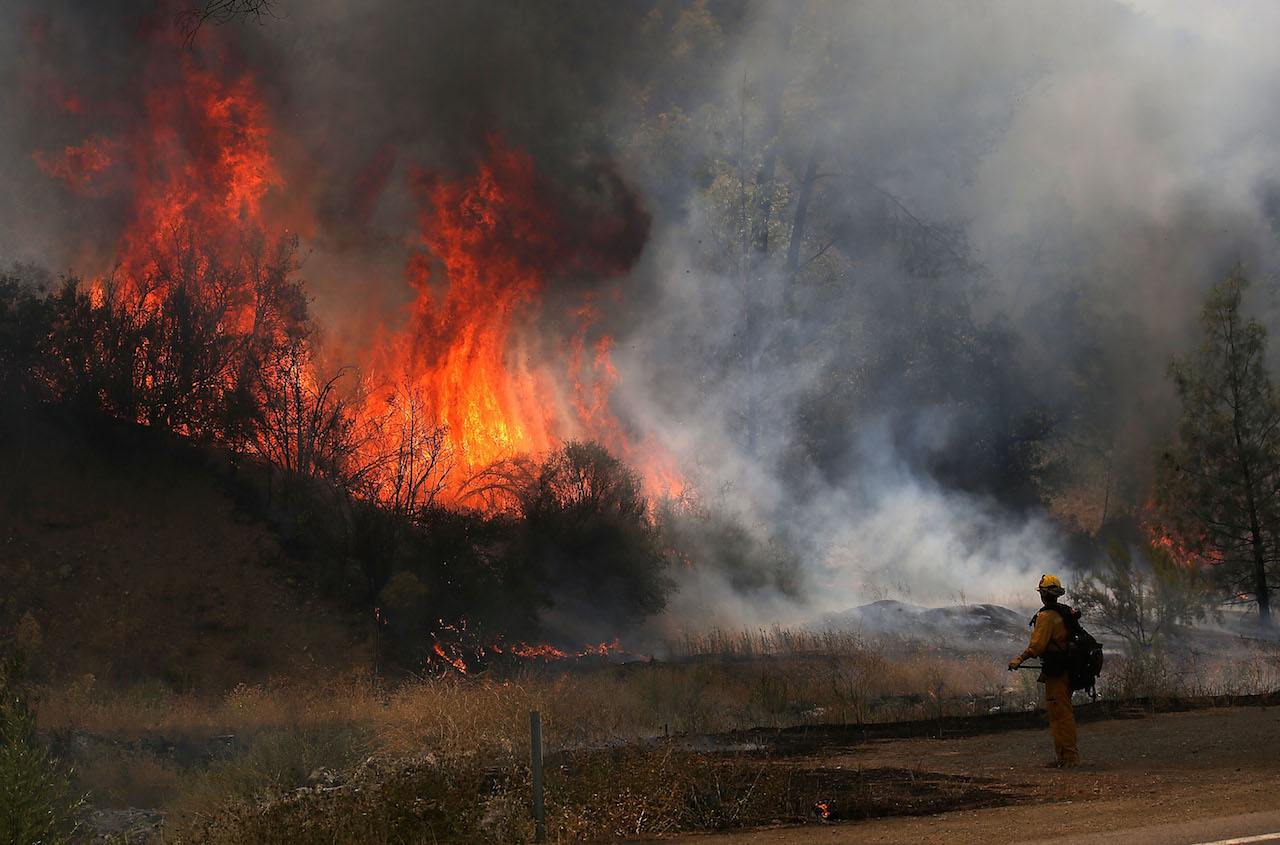
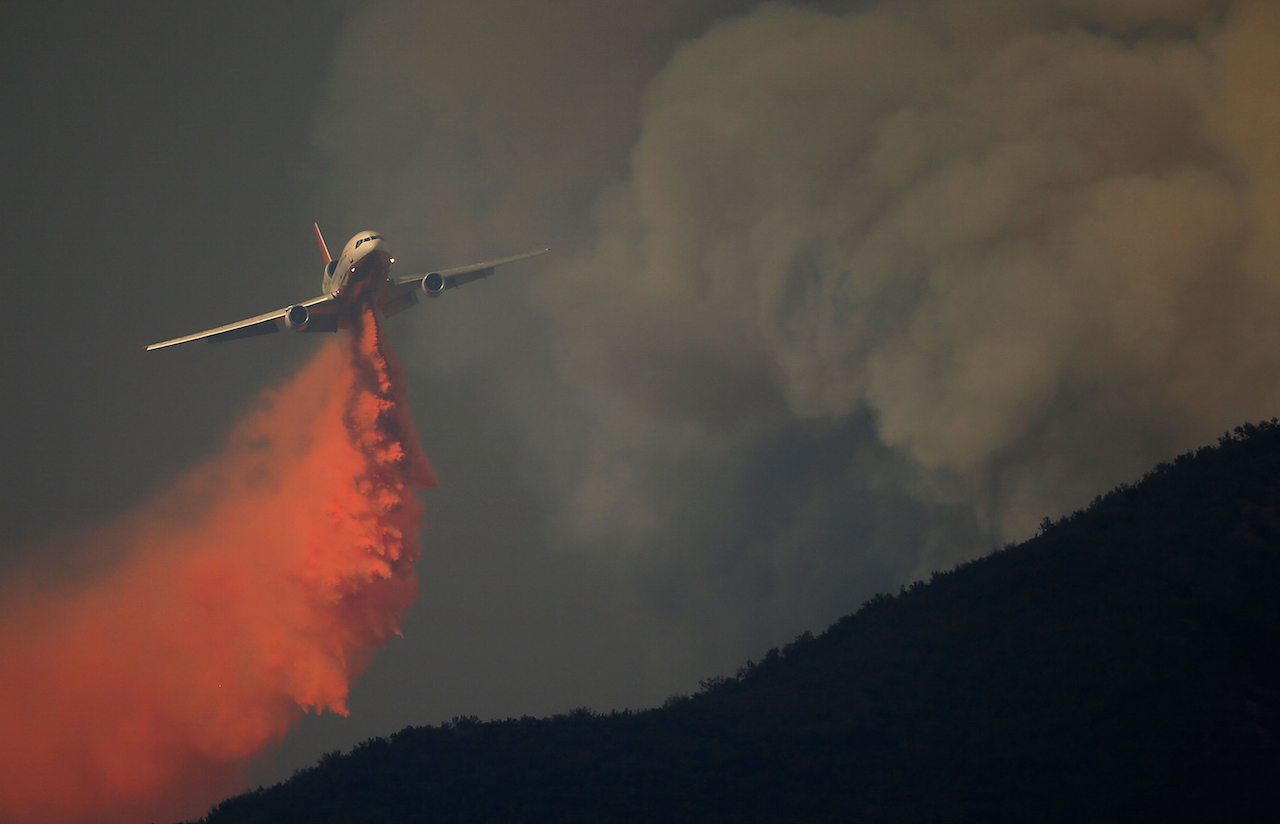
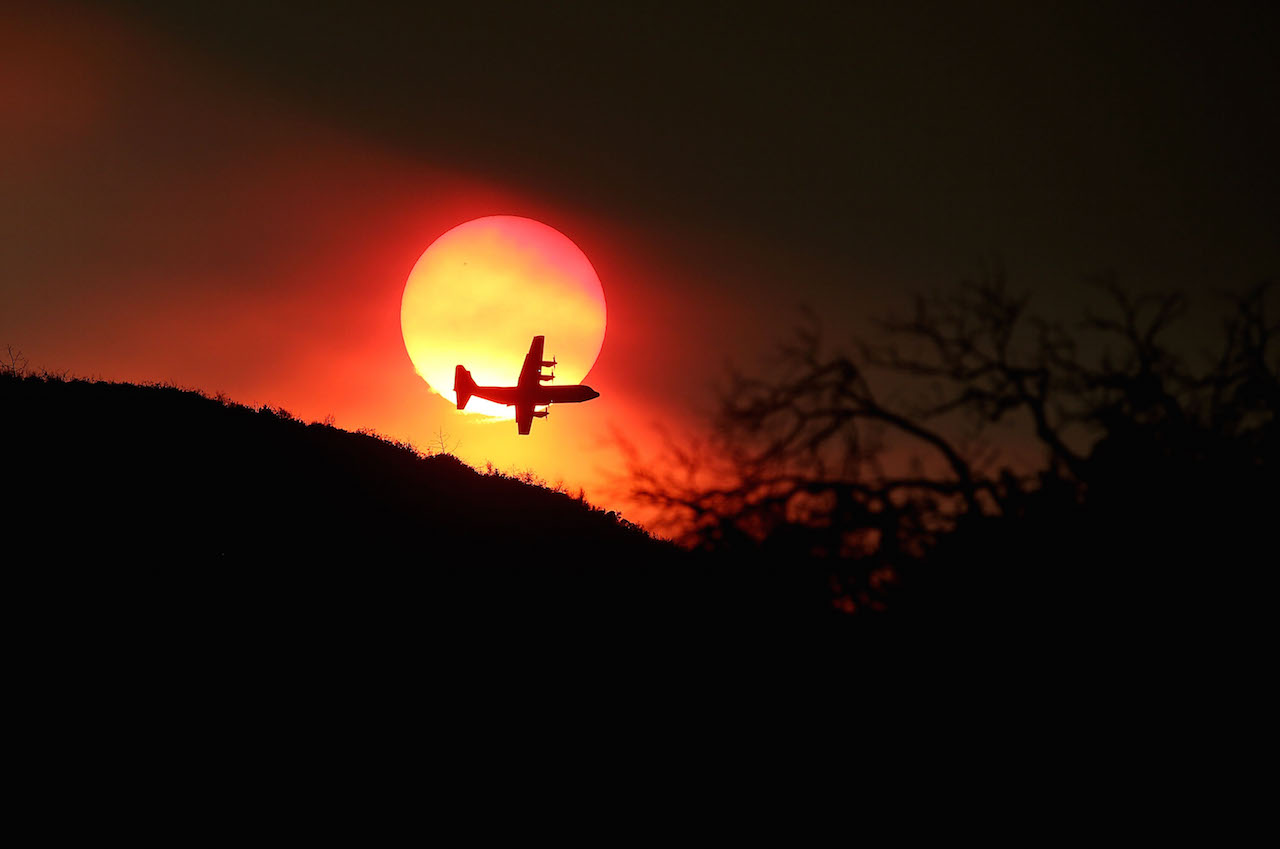
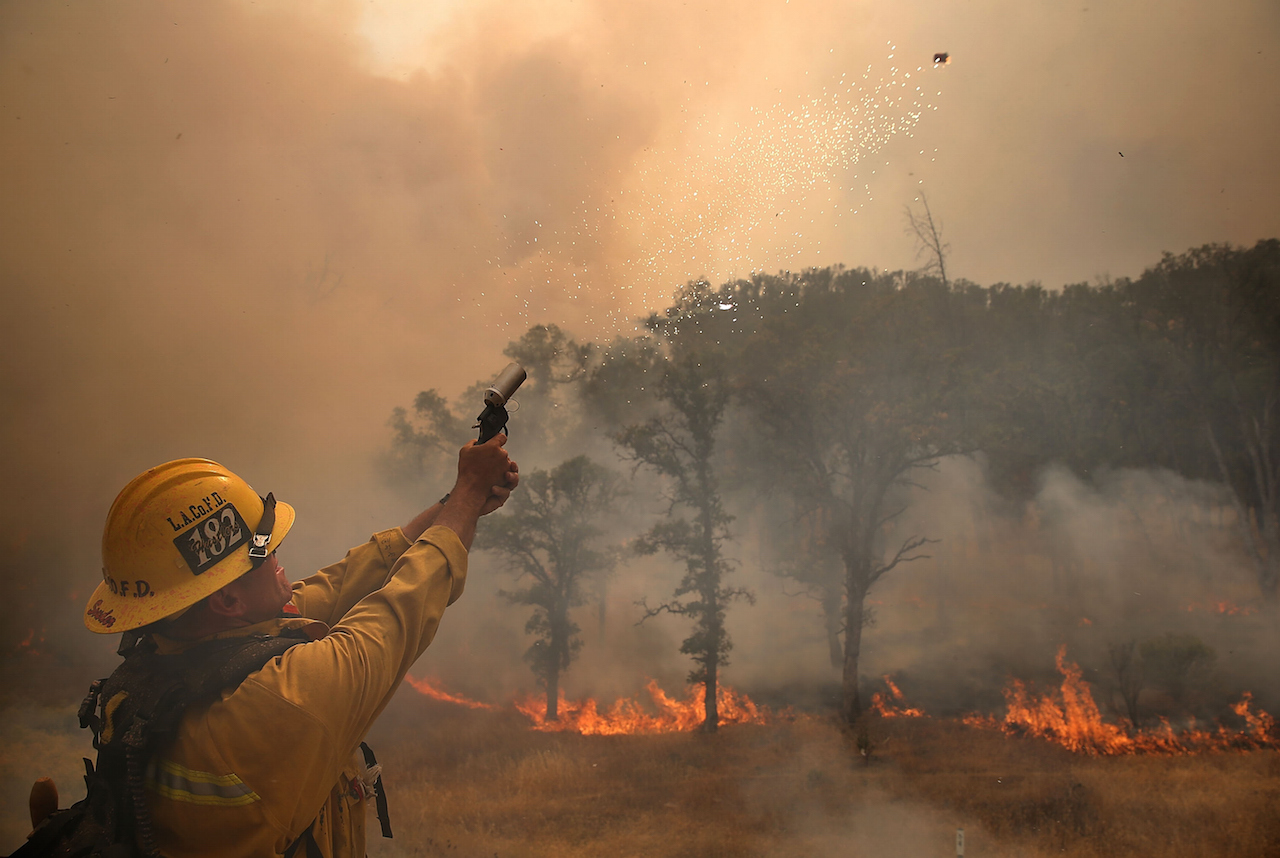

Photos from the Rocky Fire in Northern California, which has grown to 260 square kilometres, by Justin Sullivan/Getty Images
